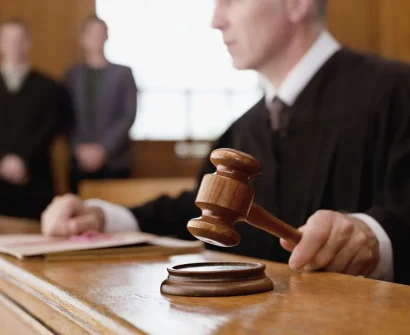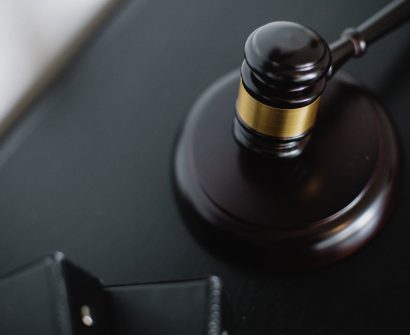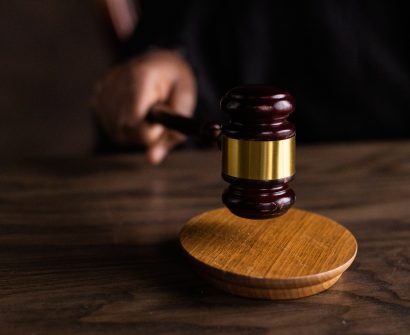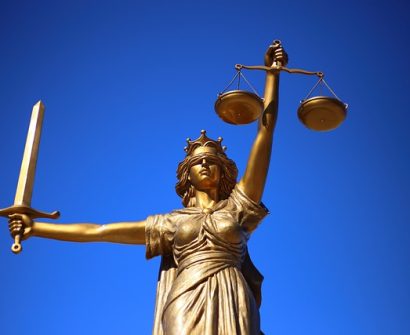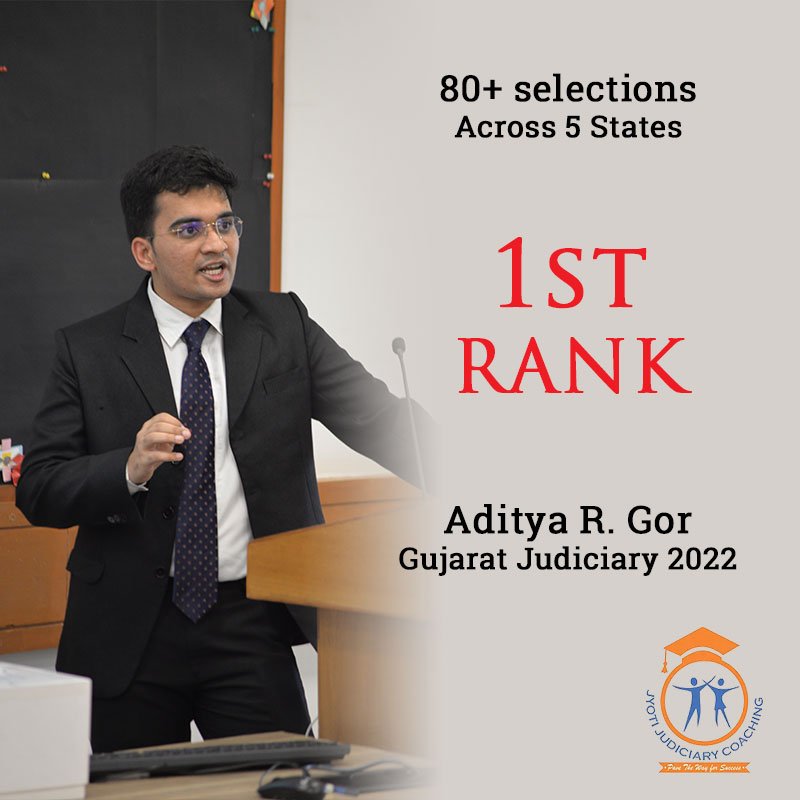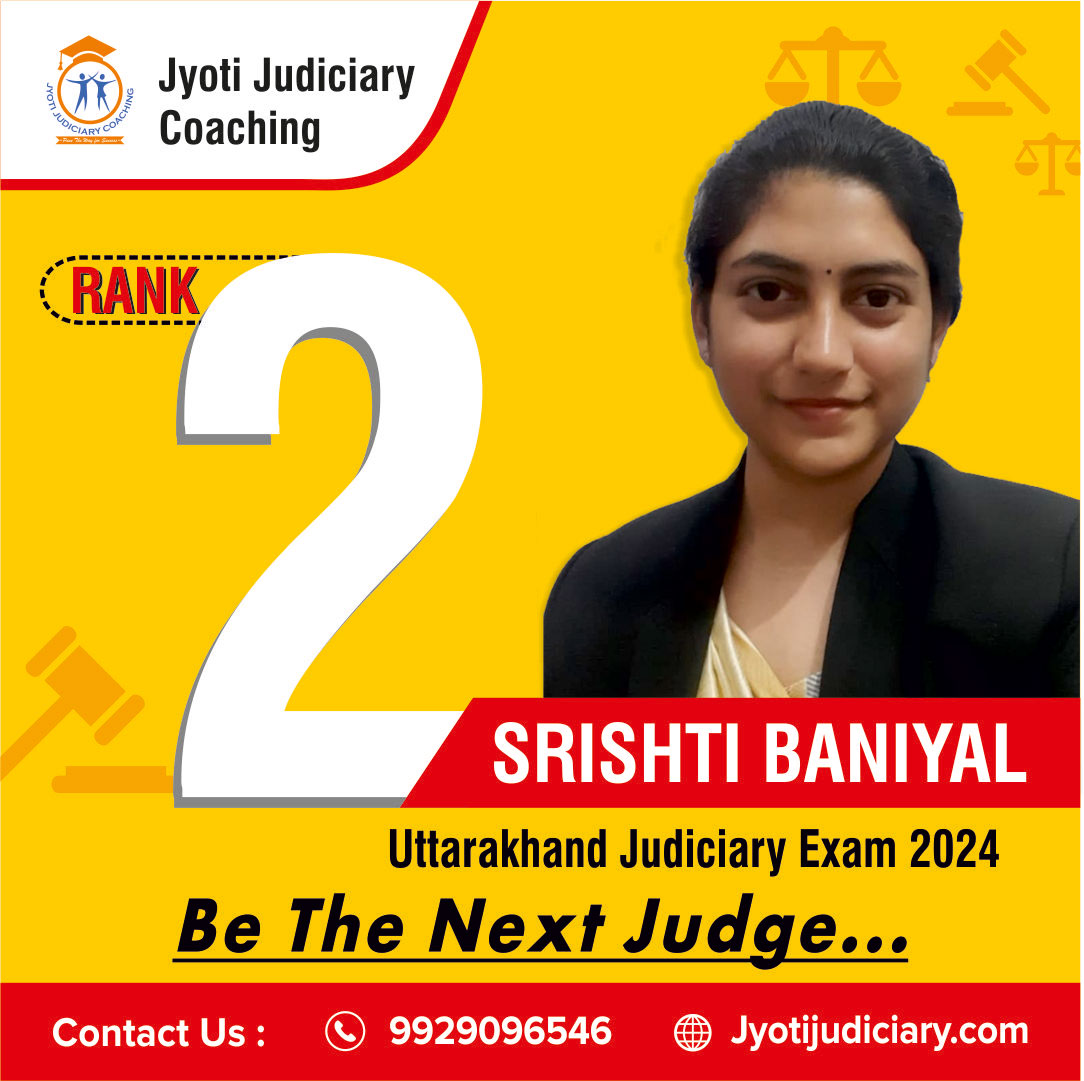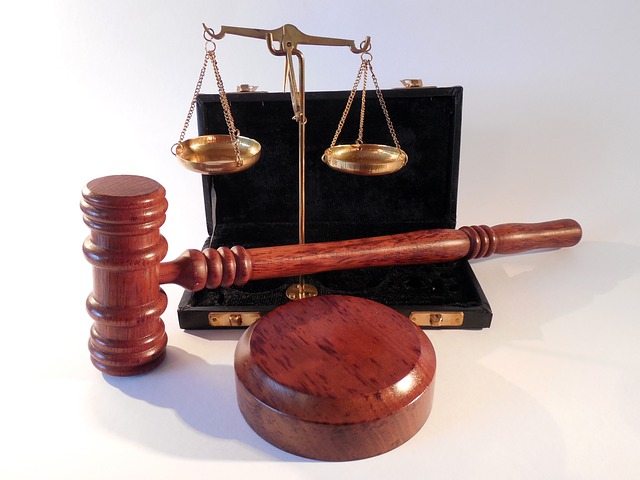
Almost everyone in the world loves to watch movies because they are unlike other forms of art in that they are fascinating, exciting, and entertaining. However, making a movie is a complicated procedure with a wide range of players. However, what role do intellectual property (IP) rights play in this setting?
The answer is that IP rights influence every step of the filmmaker’s procedure, from the screenplay to the final result. They support the producers in obtaining the capital needed for starting a film project. Furthermore, intellectual property rights push technical advancements to the edge and enable the seemingly unachievable.
Film Industry: Role of Intellectual Property Rights
The Rights of “COPYRIGHT”
- By prohibiting the illegal use of their original works, copyrights safeguard the legal rights of creators or owners. To get an idea of how many people played a part in the entire process, a lengthy list of credits is provided at the end of the film. However, it’s a challenging collaborative process that results in multiple layers of intellectual property rights relating to distinct production components including screenplay, music, direction, as well as performances.
The Rights of “TRADEMARKS”
- Making a movie is another art form that heavily incorporates trademarks. Film corporations employ trademarks to protect their title films, main characters, and other film aspects (e.g., James Bond, Harry Potter, etc.). The expenditures associated with film production and advertising might be partially offset by licensing and merchandising agreements that are made possible by the trademark registration of certain film elements.
Role of the Judiciary: Safeguarding the IP Rights in Film Industry
There are certain landmark cases commonly discussed by RJS Coaching institute. They are as follows:
- In the case of CC Development (International) Limited v Arvee Enterprises, the Delhi High Court ruled that violating someone’s right to privacy will result in the application of Articles 19 and 21 of the Constitution of India. The verdict is noteworthy because it links personality rights to Article 21 rather than only protecting an individual’s integrity, viewing them as more akin to alienable property rights.
- The defendants claimed that the claimants intentionally copied the title of their original piece “Desi Boys” and violated their copyright by releasing their own work under the name “Desi Boyz” in the case of Krishika Lulla & Ors v. Shyam Vithalrao Devkatta & Anr. But when the court looked at what constitutes a literary work in the present matter, it rejected the notion of giving movie titles copyright protection because it thought they were too unimportant and insignificant to be protected by the law.
- In Sampat Pal v Sahara One Media & Entertainment Ltd case, the plaintiff filed a lawsuit in the Delhi High Court seeking damages and a permanent injunction against the movie “Gulaab Gang,” claiming that it was a movie based on her life and that the characters in it denigrated and defamed her, as well as the other members of her organization, the “Gulabi Gang.” The Bench of the Delhi High Court granted Sahara One Media and Entertainment’s appeal, stipulating in the Disclaimer that Sahara may only screen the movie if nothing is associated with the life or work of Sampat Pal.
- The makers of the classic movie “Sholay,” the plaintiffs, filed a lawsuit against the defendants, the Patel family, in the famous case of Sholay Media Entertainment v Yogesh Patel. The defendants produced a magazine using the same name, registered the domain “www.sholay.com,” and sold merchandise with references to the film “Sholay.” The preservation of the plaintiffs’ registered brand “Sholay” was the central dispute. The Delhi High Court decided that “Sholay,” which was closely related to the movie’s title, should be protected because it had transcended its dictionary definition and was now only associated with the picture. The court gave the filmmakers protection and prohibited the defendants from exploiting the name “SHOLAY” or any other film-related content.
Key Considerations: Mitigating the IP Risks in Film Industry
While it is impossible to totally eradicate or avoid intellectual property risks in the industry of film, the following actions according to the discussions of RJS Coaching institute can be taken to increase their effectiveness in reducing potential risks:
- Determining every risk, its probability, its effects, and its defenses.
- Carrying out routine trademark audits to determine which trademarks are currently in usage and which are not.
- Creating a program for IP protection.
- Establishing IP and ownership in conformity with rules and regulations.
- Establishing a social media policy that covers the use of items protected by copyright and trademarks.
- Include a thorough examination of the terms and conditions found in the formal contract with any other party.
- Establishing rapid response protocols to reduce the possibility of intellectual property being misused or violated.
Conclusion
Copyright and trademark laws according to the experts of RJS Coaching institute, in particular, have historically provided intellectual property restrictions with a high degree of protection for innovative minds. Protecting authors’ works from exploitation or unauthorized use for financial benefit is the main goal of copyright laws.
Nonetheless, trademark law protects all signs, goods, and services. Intellectual property is crucial to the media and entertainment industries because it offers the necessary protection, forbids unauthorized use of their creations, and spurs business expansion. In the era of digitalization, intellectual property is becoming increasingly important.


